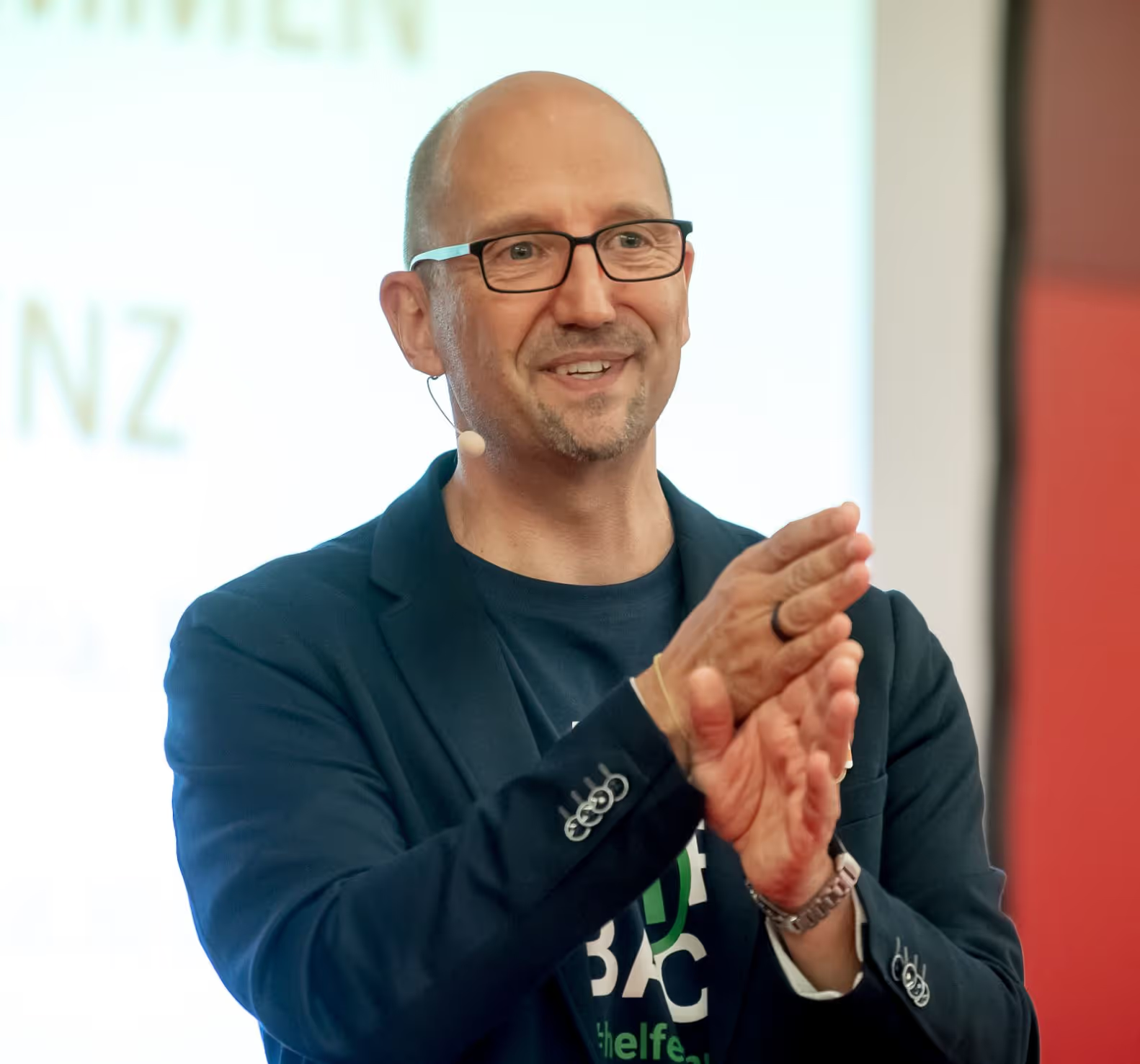For decades, the HR sector has been striving to implement the Three-pillar model by Dave Ulrich — always with the intention of illustrating the actual value contribution of the HR department to the company. But too often, HR is perceived as an area that only cares about itself. The result: Instead of conveying the core of their concerns, HR work often remains misunderstood or is not taken seriously.
A pattern has been established: An ambitious KPI set is being created to document progress. If you're lucky, it'll even make it into the management dashboard. But at the latest when deeper insights into employment structures or target deviations become necessary, the power of these figures is lost. Suddenly, acute topics are in the foreground and long-term concepts are slipping into the background.
The vicious circle of HR concepts
You are then often confronted with the question: “What was the reason? ” — a question that is easy to ask in retrospect. Was it the lack of preparation? Is it due to the lack of penetrating power on the part of HR representatives? Or because HR and top management often speak different languages? It is certainly a mix of everything.
However, one key point remains unresolved: HR is still struggling to formulate its work in a management-compatible language. While business cases, ROI considerations and P&L effects have long been standard in controlling, many HR colleagues struggle with such methodological approaches. The result: budget cuts, rejected investments and external consulting that should “optimize” HR — often without really taking HR KPIs into account.
A solution: making value contribution measurable
This is where companies such as talentsconnect on. With their solution, HR work becomes more tangible and measurable. They manage to quantify the direct influence of personnel decisions on company results in euros — from input to output sizes, presented as ROI or breakeven.
By speaking the language of management, talentsconnect opens up new opportunities: How big will the impact of a measure on sales be? Where do we have to start to achieve results faster? Questions that were previously reserved for machines can now also be answered for personnel.
Translating work and taking responsibility
Although many people talk about artificial intelligence (AI) in HR, it would be good to focus on the basics. With the talentsconnect methodology, HR can make the value contribution of their work visible — and thus usher in a paradigm shift.
The goal: No longer make HR work reactive, but act proactively and bindingly. The ability to measure the value of HR measures is part of every good HR toolbox.
Holistic branding for HR
But that's not all: talentsconnect consistently thinks ahead and demands a change in the entire personnel strategy — especially in recruiting. Understanding applicants and employees as “customers” requires a change of perspective. Coupled with technological tools and analytical know-how, HR work can almost be taken for granted: more cost-effective, faster, of higher quality — in short, more sustainable.
The feedback loops, which are anchored in this methodology, ensure that errors are identified and corrected more quickly. As a result, HR gains process speed and at the same time increases the quality of its work.
Conclusion: A step towards the future
The path away from the defensive is through clear measurability of the value contribution and the courage to take responsibility. HR has the opportunity to make its contribution to the company's success visible — in the long term and sustainably.
It is up to HR to actively shape change — proactively, measurably and in the language of management. This is the only way to secure the future of HR as a strategic partner in the company.
.avif)
